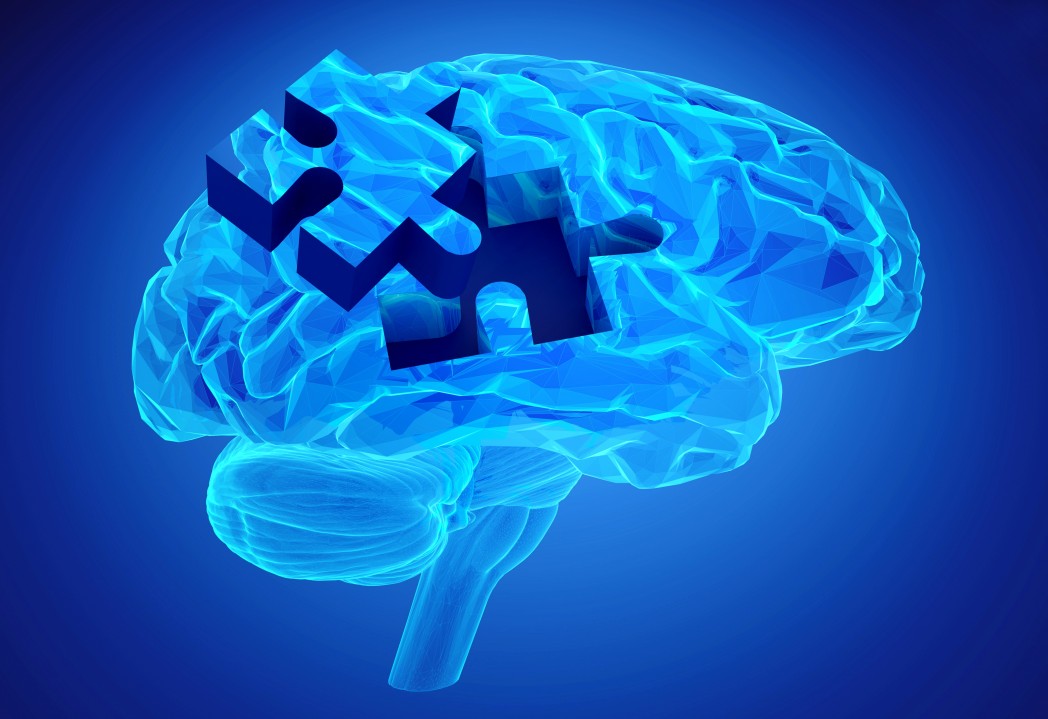Stanford University Researchers Identify Neurons That Control Muscle Movement in ALS

In a recent study published in the journal eLife, a team of researchers at Stanford University was able to identify a group of neurons that work together and fire in complex rhythms to send movement signals to muscles.
“We hope to apply these findings to create prosthetic devices, such as robotic arms, that better understand and respond to a person’s thoughts,” Jaimie Henderson, MD, a professor of neurosurgery at Stanford University, said in a press release.
For the study, researchers recorded motor cortical brain activity of two patients with a diagnosis of amyotrophic lateral sclerosis (ALS). ALS, sometimes called Lou Gehrig’s disease, is a rapidly progressive, invariably fatal neurological disease that attacks the nerve cells (neurons) responsible for controlling voluntary muscles (muscle action we are able to control, such as those in the arms, legs, and face). The disease belongs to a group of disorders known as motor neuron diseases, which are characterized by the gradual degeneration and death of motor neurons.
The patients were a 54-year-old man who could still slightly move one of his index fingers, and a 51-year-old woman who still retained some movement in her fingers and wrists. For the study, the team implanted electrode arrays into patients’ motor cortexes and recorded their electrical brain activity. Participants were asked to move or to try to move their wrists and fingers, which had sensors for physical movement. This type of mapping procedure is usually only applied during brain surgery.
The team of researchers is now planning to use the results from this study for the improvement of algorithms that are able to translate the activity of neurons in the form of electrical impulses into signals of control signals that are able to guide a computer cursor or a robotic arm.






